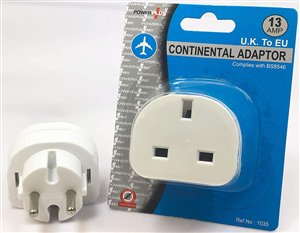I am reviewing the fixed watermist fire fighting installations in a new fleet of hybrid ships we are building . The water mist based fixed fire fighting appliances (FFFA) we are using extends into the main propulsion areas as well as the power generating areas.
Water Mist heads are used instead of sprinklers these days as these are more effective, however I can find no definitive tests or regulations that state water mist is safe to use in Medium Voltage switchboard areas? Appreciate that if I have a fire the main objective is to extinguish it but it is not unusual for FFFA to be set off accidentally in a technical space so I must then consider IP ratings of equipments in these spaces in order that equipment is not damaged during an accidental discharge and that engineers investigating the incident are not at risk of electrocution from the MV systems which may still be live or charged!
Does anyone have any reference information regarding any testing done on Watermist systems to validate their safety levels with LV, MV and indeed HV systems?

